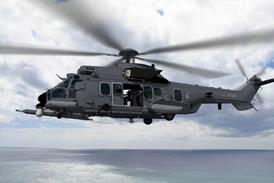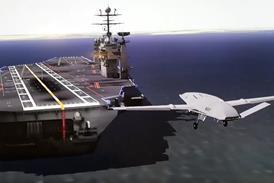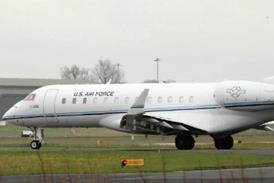Last week marked the 30th anniversary of one of the most remarkable achievements in aviation. Bryan Allen climbed into a flimsy aircraft with pusher prop and canard mounted forward on a long spar - more Wright Brothers than mighty Concorde - and flew barely a mile around a figure-eight course at Shafter, California in little more than 7min, clearing a 3m (10ft) hurdle at either end.
Not much to remark - except that Allen, a cyclist and hang glider enthusiast, was both pilot and "engine". His flight in Gossamer Condor won the Kremer Prize for the first human-powered flight, and two years later further effort took him across the English Channel to a second Kremer Prize in a more advanced aircraft, Gossamer Alabtross. The scale of these achievements is best appreciated by noting that Allen's power output was only about a third of a horsepower, and even Olympic-class cyclists do well to exceed a half horsepower in short bursts.
The hero of the story was the engineer, Paul MacCready, who announced his retirement last week from AeroVironment, the firm he founded in 1971. MacCready's vision, imaginative problem solving and relentless pursuit of perfection in execution were nothing short of inspirational. He was ahead of his time, but the times have certainly caught up with him: his AeroVironment biography describes his work as focusing on "the challenge of combining nature and technology".
Source: Flight International























